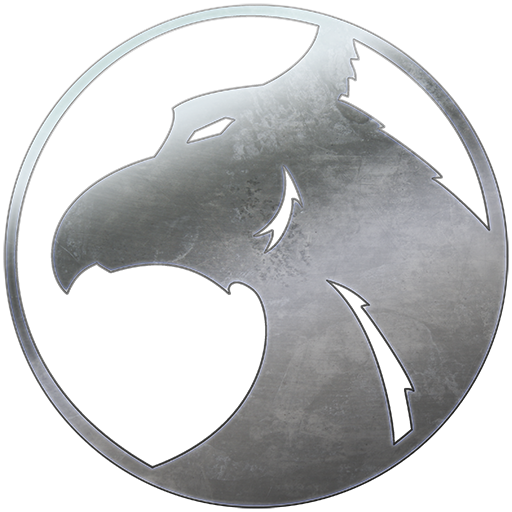Æthursday
One of the most common questions we get about Æther while we’re at conventions is about the flexibility of the system. What can it do, what can’t it do. Kevin usually tells people that there isn’t much that it can’t do without a little tinkering; but to be fair, he says that most systems work that way. What sets Æther apart is the ease that you can just mess with a few things and change the entire scope of the game. Add in some skills and take away some skills, tinker with the equipment list and, voila! Suddenly you turned it from a modern game into a Napoleonic era game. But the system doesn’t include rules for changing things like race, so the argument is made that it doesn’t handle fantasy well.
So let’s fix that.
Last week, we discussed how characters in Æther are 6-20 characters, meaning each receives six attribute points, twenty bonus points at character creation. That, combined with traits like walking speed, gives a Narrator a lot to play with when trying to create something as basic as alien races or different fantasy races. Assigning point values to do something like that is tricky as well, but don’t sweat it, that’s been done for you:
Points Advantage
- -10 +1 to an Attribute. Attribute begins at 4, plus attribute point distribution. The attribute can start play as high as 8 and advance as high as 11.
- -5 Slower walking speed. Multipliers are 2, 5, and 8 instead of 3, 7, and 11 for walking, running, and sprinting respectively.
- -5 -5 bonus points at character creation.
- -5 Height is about 7 feet on average instead of about 5’6”. Average sized creatures (such as normal sized humans) have a base 20 difficulty hitting large characters instead of a base 30, and large creatures have a base 50 to hit average sized creatures instead of base 30.
- +5 Height is about 4 feet on average instead of about 5’ 6”. Average sized creatures (such as normal size humans) have a base 50 difficulty hitting small characters instead of a base 30, and shorter creatures have a base 20 to hit average sized creatures instead of a base 30.
- +5 +5 bonus points at character creation.
- +5 Faster walking speed. Multipliers are 4, 8, and 12 instead of 3, 7, 11 for walking, running, and sprinting, respectively.
- +10 -1 to an Attribute. Attribute begins at 2, plus attribute point distribution. The attribute can start play only as high as 6 and can advance only as high as 9.
The points it refers to are bonus points, not attribute points. Attribute points remain unchanged at 6 points to distribute, it is only the 20 bonus points we’re looking at changing. If a Narrator was so inclined, it would be possible to build a race with 0 bonus points but a lot of advantages. For this example though, we’ll try to keep it as close to a 6-20 character as we can; let’s build a stock fantasy Dwarf.
- +1 Toughness (-10)
- -1 Appearance (+10)
- Reduced Move (+5)
- Small Stature (-5)
The character starts off at a Toughness of 4 instead of 3, and it can advance to 11 instead of 10 as well as start at an 8 maximum instead of a 7. Appearance starts at a 2 instead of a 3, and it can advance to 9 instead of 10 as well as starting off at 6 maximum instead of 7. Dwarves are shorter and move slower, having walking, running, and sprinting multipliers of 2, 5, and 8 instead of 3, 7, and 11. Finally, Dwarves, being smaller than Humans, are harder for Humans to hit than normal, and likewise, Humans and Human-sized targets are easier to hit for Dwarves.
On top of all of that, Dwarves start off at 6 attribute points to distribute and 20 bonus points, just like a standard Human.
The Narrator may wish to do some additional tweaking such as adding in the ability to see in the dark as if it were day light (-10 points) or being able to see in low light as if it were daylight, (-5 points). These might be balanced out by being hindered in full day light (-5 points, -10 to all skill checks requiring sight), or being blind in full sunlight (-10, -50 to all checks in bright light, -10 to all checks in dim lighting). For every yin, there is a yang, and for every advantage, there is a disadvantage. As long as everything is kept neat and orderly, there is literally nothing you can’t do with character creation!
